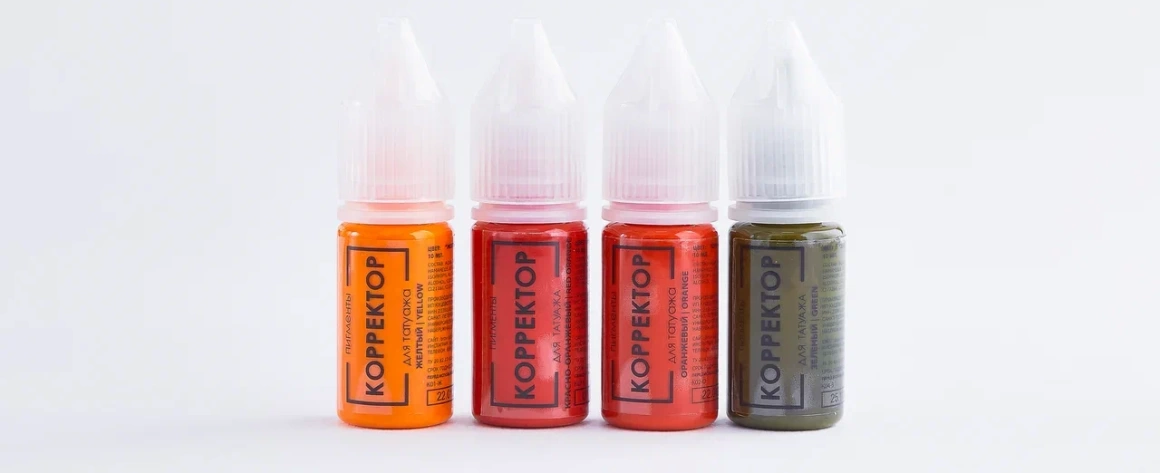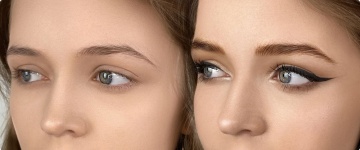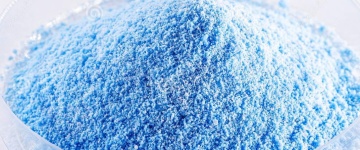Definition
We have already given definition to inorganic permanent make-up pigments in previous post.
Let's refresh our memory:
- Inorganic pigments are salts or oxides of metals. Production of inks for tattoos and PMU does not involve pigments obtained by grinding, enriching and otherwise affecting rocks. Inorganic pigments are not mineral.
At BROVI, we do not support the war between the hybrid and inorganic inks. For us, low-quality inks do not exist. For us, there are problematic inks, and our job is to learn how to solve these problems. This post is not intended to offend PMU artists, manufacturers or dealers working with inorganic inks.
Benefits of Inorganic Pigments
Creating ink from inorganic components is easy, the process of creating them is primitive compared to the process of creating hybrid inks.
It is easy to work with inorganic inks, they forgive some mistakes.
Disadvantages of inorganic Pigments
But, unfortunately, inorganic pigments have two problems:
- the loss of the hydroxyl group
- the change in valency
If organic pigments do not change their color in the skin (yes, eyebrows do not turn gray, we just see it that way), then inorganic ones, on the contrary, are able to change it.

See Figure 1. Red iron oxide is the only stable iron oxide that form part of inorganic inks. It does not change its properties. The most unstable one is yellow iron oxide. It loses its hydroxyl group very quickly and turns red. Black iron oxide (not to be confused with Carbon Black) is also able to transform into red, changing its valency. These are the properties of these substances, and there is no way to avoid these transformations.
Lifehack Manufacturers of Inorganic Pigments
But there is a trick that still works today. And it works due to the fact that not all PMU artists are able to understand what is written on the label.
The lighter the brown (the more yellow it has), the redder the result of artist's work will become over time. Manufacturers received a lot of complaints about this problem, and they had to look for a way out.
As we said above, organic pigments are stable. Inorganic one are the opposite. Why not add an organic yellow (e.g. CI 21095) instead of an inorganic yellow (e.g. CI 77492)?
So they did it. And it works. "Shall we also replace Iron Oxide Black (CI 77499) with Carbon Black (CI 77266)?" They did it. It works. Only now the ink can no longer be called inorganic. Now it's also a hybrid.
There is nothing catastrophic about it, they are just not telling us everything.





